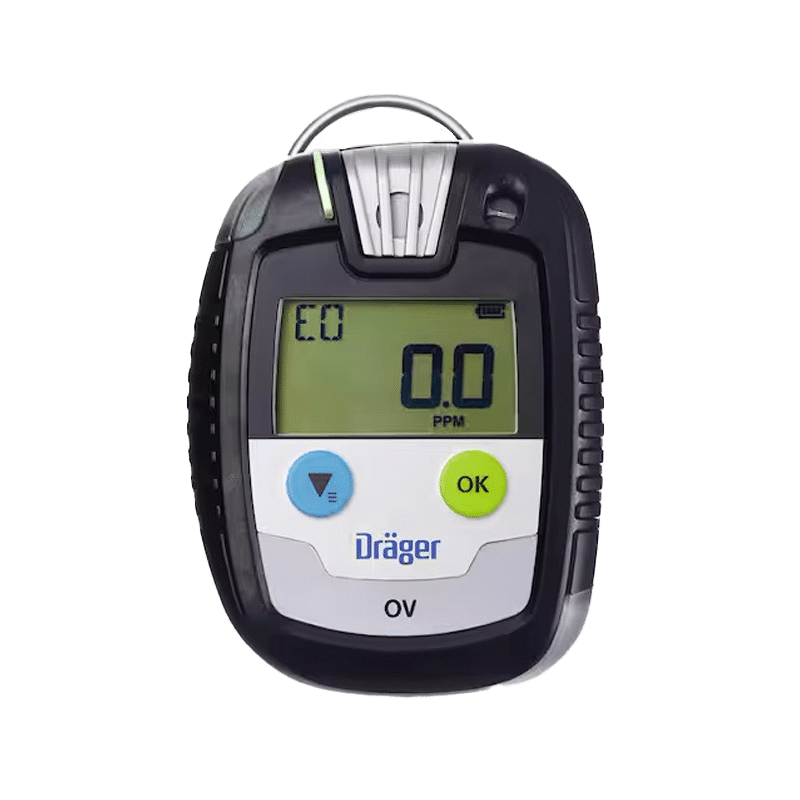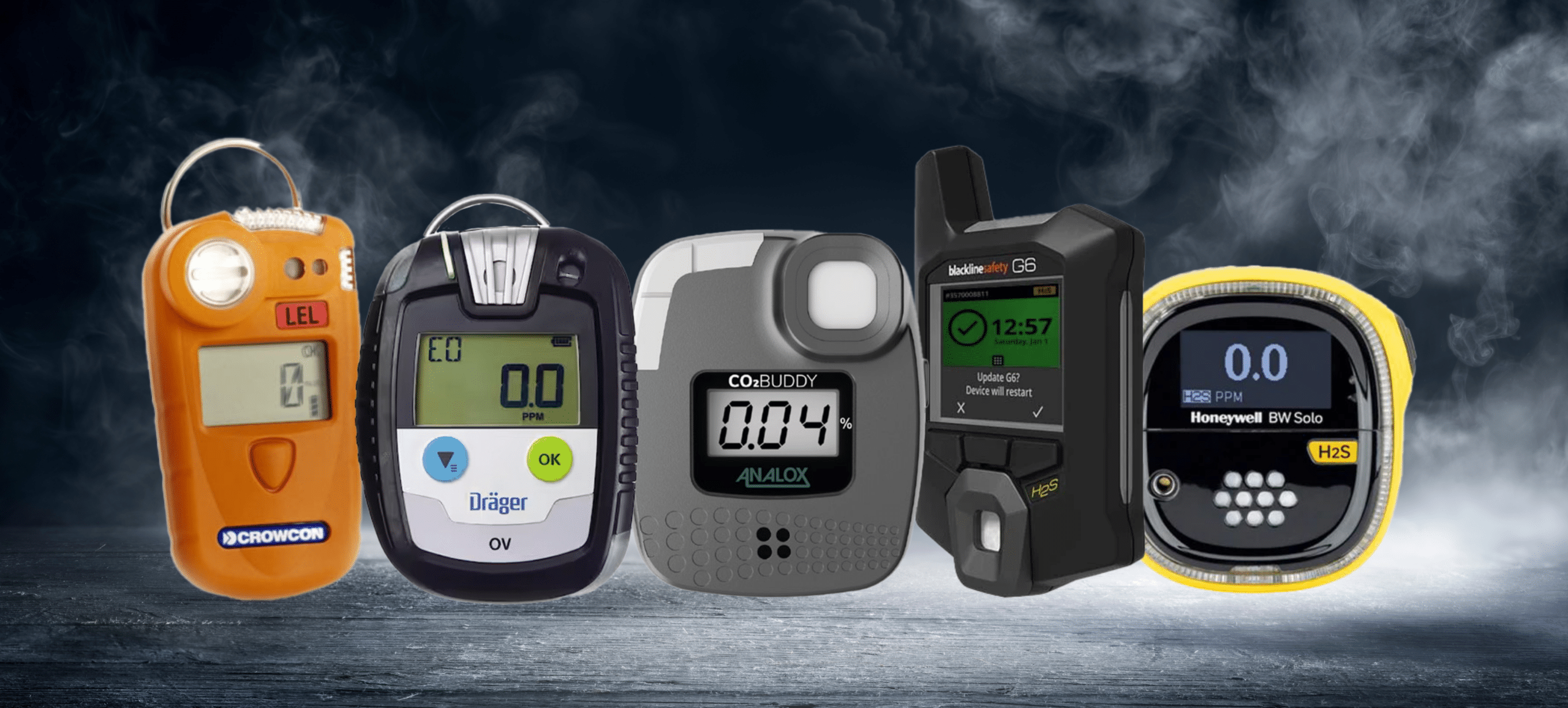
WHAT IS A SINGLE GAS DETECTOR?
A single gas detector is a portable device designed to monitor the concentration of a specific gas in the air. Unlike multi-gas detectors that can detect multiple gases simultaneously, single gas detectors focus on a particular gas, such as oxygen, carbon monoxide, hydrogen sulphide, or flammable gases.
Single gas detectors are essential tools for protecting workers and the environment from hazardous gas exposure. By understanding their types, features, and applications, you can choose the right detector to meet your specific needs.
KEY FEATURES
Single gas detectors are small, portable devices specifically designed to identify the presence of one type of gas in the air. Notable features often include:
-
- Specific Gas Detection: Each unit is configured to detect a single gas, such as carbon monoxide (CO), hydrogen sulfide (H₂S), oxygen (O₂), or flammable gases.
- Compact and Portable: These devices are lightweight and easy to carry, making them perfect for personal use in confined or hazardous spaces.
- Continuous Monitoring: The detectors provide ongoing measurement of gas levels, triggering alerts as soon as concentrations exceed safety thresholds, allowing for quick action.
- Loud Alarms: Most models include flashing lights, loud sound signals, and vibration alarms to ensure the user is notified, even in noisy environments.
MAINTENANCE OF A SINGLE GAS DETECTOR
Regular maintenance of your single gas detectors is crucial for the safety of you and your staff.
Before Every Use – Conduct a visual inspection of your monitor to see for any damage such as cracks, leaks, or corrosion. Ensure that the battery is fully charge or replaced is necessary. Test the sensors response to a known concertation of gas.
Weekly Checks – Calibrate the detector using a known gas concentration to ensure accurate readings. Clean the sensor according to the manufacturer’s instructions to remove any contaminants. Perform a bump test to verify the detector’s ability to detect gas.
Monthly Checks – Conduct a full functional test to ensure all components are working properly and review the detector’s data logs to identify any trends or anomalies.
Annual Checks – Perform a comprehensive maintenance check, including sensor replacement if necessary. Ensure the detector complies with all relevant regulations and standards.
COMPARISON CHART OF SINGLE GAS DETECTORS
Knowing the right gas detector for you and your business is crucial. See our comparison chart below. Note; this chart focusing on a smaller selection of gas detectors, to see our full range of single gas detectors, click here.
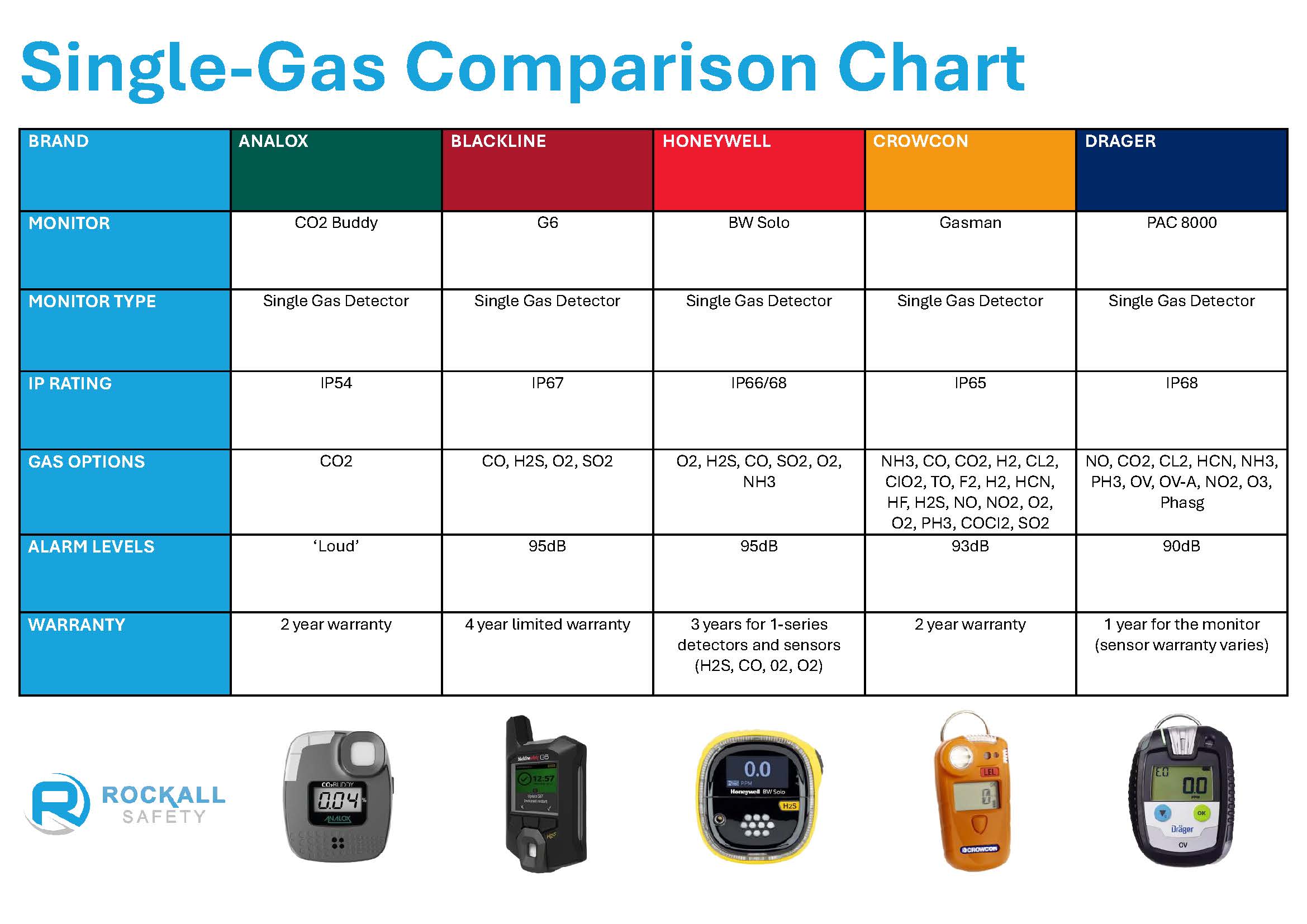
Overview of Single Gas Detectors
Analox CO2 Buddy
The Analox CO2 Buddy is a portable gas detection device designed to monitor carbon dioxide (CO2) levels in environments like breweries, wineries, and food processing facilities.
Key Features:
Real-Time Monitoring: Provides continuous CO2 level updates.
User-Friendly: Easy-to-read display and customisable alarm settings.
Compact and Durable: Portable design suited for industrial settings.
Battery Operated: Convenient for mobile use.
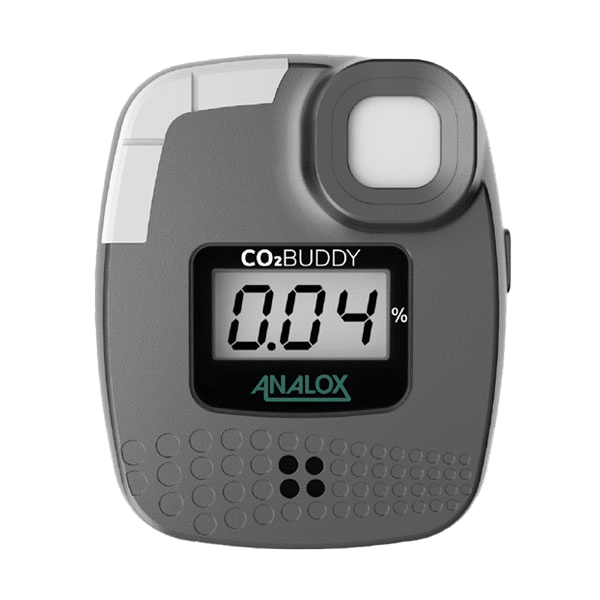
Blackline G6
The Blackline G6 is a versatile, wearable gas detection device designed for monitoring hazardous gases in real-time. Its compact design makes it ideal for industrial environments, including oil and gas, construction, and confined spaces.
Key Features:
Multi-Gas Detection: Capable of monitoring various gases, including CO, H2S, and O2.
Real-Time Alerts: Provides instant notifications via audible, visual, and vibration alarms.
Cloud Connectivity: Integrates with Blackline’s monitoring platform for remote tracking and data analysis.
Durable and Lightweight: Built for tough conditions while remaining comfortable to wear.
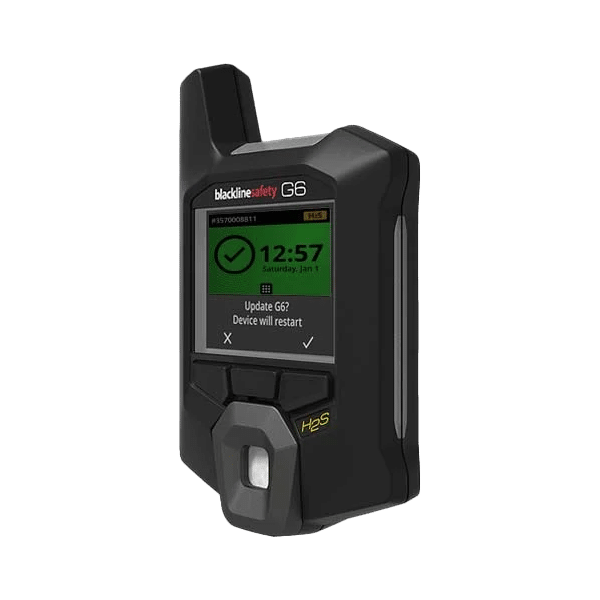
Honeywell BW Solo
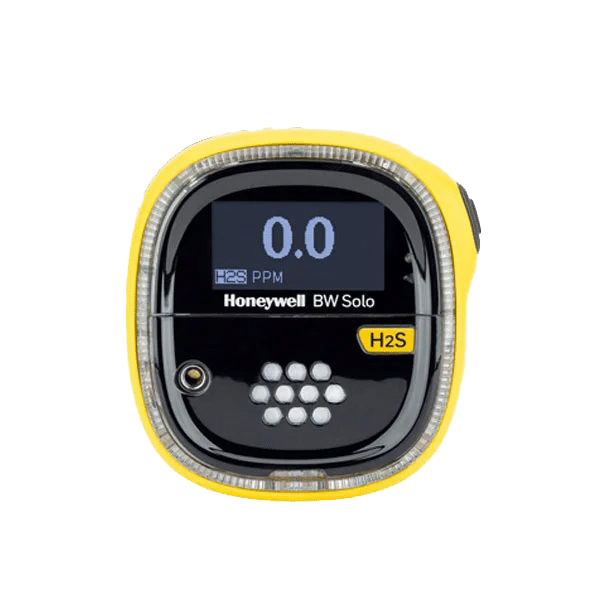
Crowcon Gasman
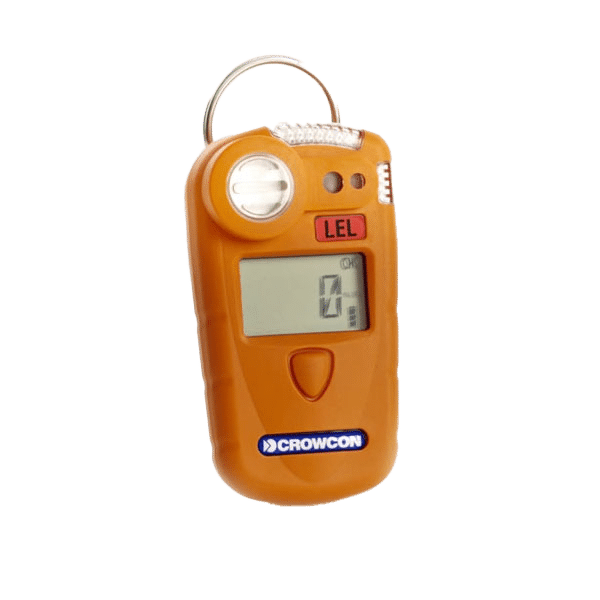
Drager PAC 8000
